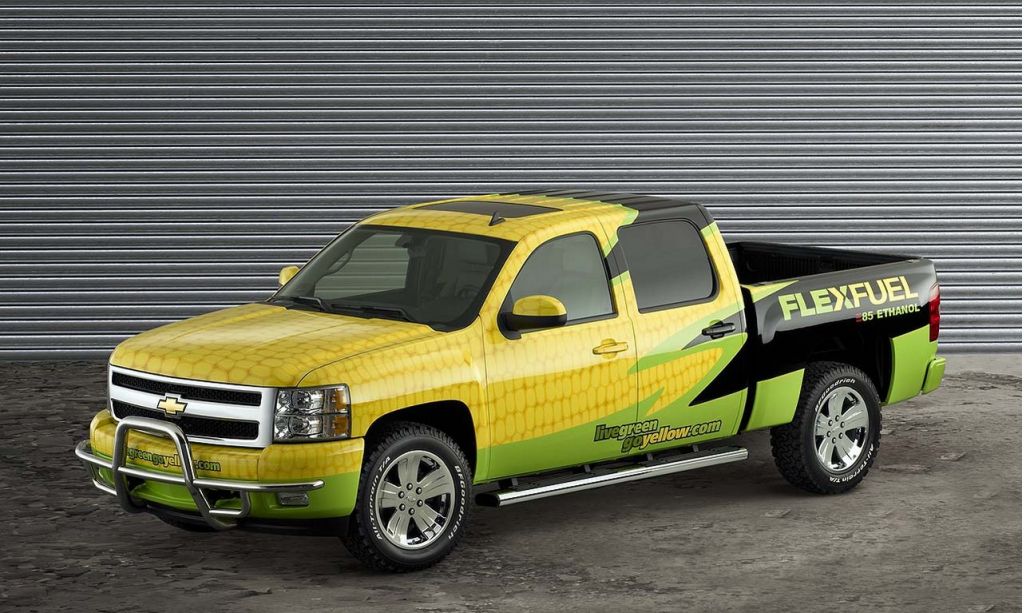To many, biofuels seem like the ultimate compromise between lower carbon emissions and practicality.
It's easy to see the appeal of fuels billed as cleaner replacements for gasoline that also require few changes to established consumer routines.
And, advocates say, biofuels are carbon-neutral, because any emissions related to burning them are cancelled out by the carbon dioxide (CO2) that's absorbed when their feedstocks are grown.
DON'T MISS: Will Biofuels Growth Require Cutting Down Forests? At Scale, Yes, Report Says
But the reality of biofuels may be a bit more complicated.
A new study claims biofuel carbon emissions and absorption and emissions only balance out under certain conditions--and that today's biofuels only partially meet those conditions.
The author, John M. DeCicco, a research professor at the University of Michigan Energy Institute, argues that biofuels' carbon neutrality is an assumption that doesn't consider how carbon actually flows in and out of the atmosphere.

Gas pump
He notes that carbon is always flowing--whether fuels are being burned or not--and that the total amount of carbon in the world is fixed.
With those two points factored in, any fueling claiming to be carbon-neutral would need to bring about an increase in the rate CO2 is absorbed by its feedstocks, DeCicco claims.
ALSO SEE: Southwest Airlines Will Use Renewable Jet Fuel From Forest Waste (Sep 2014)
Since most feedstocks used to make current biofuels come from land already devoted to production, that net increase can't be achieved.
As an example, a cornfield doesn't remove CO2 from the air faster if the harvested corn is used for ethanol rather than animal feed or human food, DeCicco says.

2006 Chevrolet Silverado E85 Handyman Concept
He notes that using crop residues--as production of cellulosic ethanol proposes to do--could help to increase the overall CO2 absorption rate attached to fuel, but that this production method will likely remain limited.
Cellulosic ethanol was originally a major component of the Federal ethanol mandate passed by Congress in 2007.
Thus far, none of the proposed cellulosic sources--from switchgrass to municipal-waste streams--has been found to be commercially viable or even scaled up to mass production.
MORE: EPA Resets Ethanol Rules To Reflect Reality: Cellulosic Sources Don't Exist (Apr 2014)
E85 ethanol fuel is presently available only at a relatively small number of gas stations, and other biofuels are equally scarce.
It could be argued that some of the U.S. momentum behind ethanol has now migrated to biodiesel, which has recently gone on sale in California in a larger number of fuel stations--though its penetration too is still quite low.
Meanwhile, don't assume that any biologically-derived vehicle fuel is de facto carbon-neutral. As De Cicco suggests, it may or may not be true--but it deserves greater explanation.
_______________________________________________












